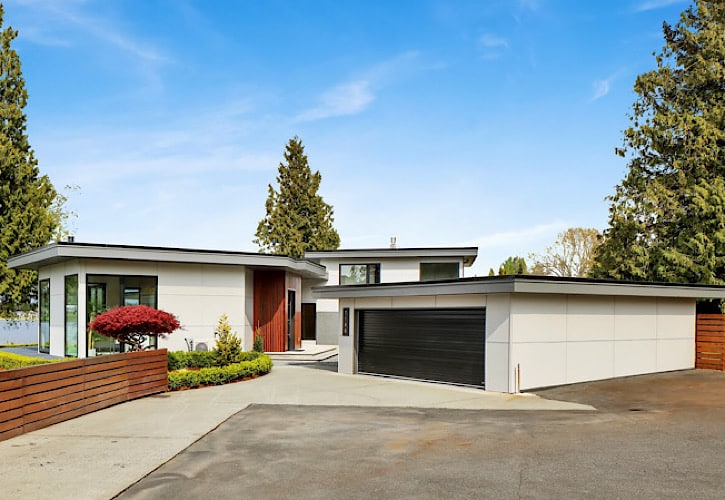Different Home Architectural Design Retouched
There are different house designs. Some designs are prominent in, while there are also other areas where there is a fusion of designs. We often see Victorian, Modern, Contemporary, Spanish-inspired, and different regional designs in property descriptions. However, it’s confusing when modern and contemporary describe a specific property, especially when used on behalf of the other. Be clear because even Webster would agree when he defined modern and contemporary. He made it appear like each other’s counterparts. But in interior design, modern and contemporary are two very different designs. They manifest various design features. Compared to modern design, entrenched in the past, contemporary design concerns the present and future.

Here is to give you a clearer perspective of these two designs.
-
Differences
Modern
Modern design frequently incorporates wood and other earthy components. This design uses earthy tones, prominent red, turquoise, brown, and olive green. Modern design came into being during the heyday of the contemporary art movement. Scandinavian and German Bauhaus designs were significant influences. This distinctive style emphasizes the importance of form and function, which is why they play an important part. Be sure to keep in mind natural colors and forms when creating your design. Employ only simple forms and natural materials such as wood, leather, and stone.
Mid-century modern was popular in the 1950s and 60s because it was attractive and functional.
Both the mid-century modern and the postmodern trends are frequently referred to as “modern” by interior designers.
Contemporary
Avant-garde materials such as glass and metals characterize contemporary designs. You’d likely see a monochromatic scheme of black, white, and grey. This design also presents pure tones such as genuine red, indigo, or orange in a saturated way.
In contrast to modern design, contemporary design is constantly evolving to reflect the most current trends in design.
It borrows elements from a variety of styles, including modernism, minimalism, Art Deco, and others,
without putting too much emphasis on any one of them.
A few characteristics distinguish current design from other forms of modern art.
Colors are kept to a minimum, lines are kept clean, and organic forms are used frequently.
Natural textures like hemp or jute are often used with metals like nickel, steel, and chrome.

-
Similarities
Despite the apparent differences, they have similarities too. The nuances create fundamentals that make them alike. Both design styles have three core characteristics, making them great for combining to create your distinctive look.
- Minimalist aesthetics
- Crisp architectural lines define their distinctive style.
- Both feature an open-concept layout.
Takeaways:
The term “contemporary” refers to what’s happening in design. It’s more challenging to narrow down this concept with this definition. Unlike traditional design styles, modern style stresses clean lines, neutral tones, and a sense of harmony.
Keep Reading
20 Things You Need To Know Before You Move To Bellingham
